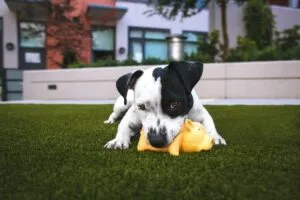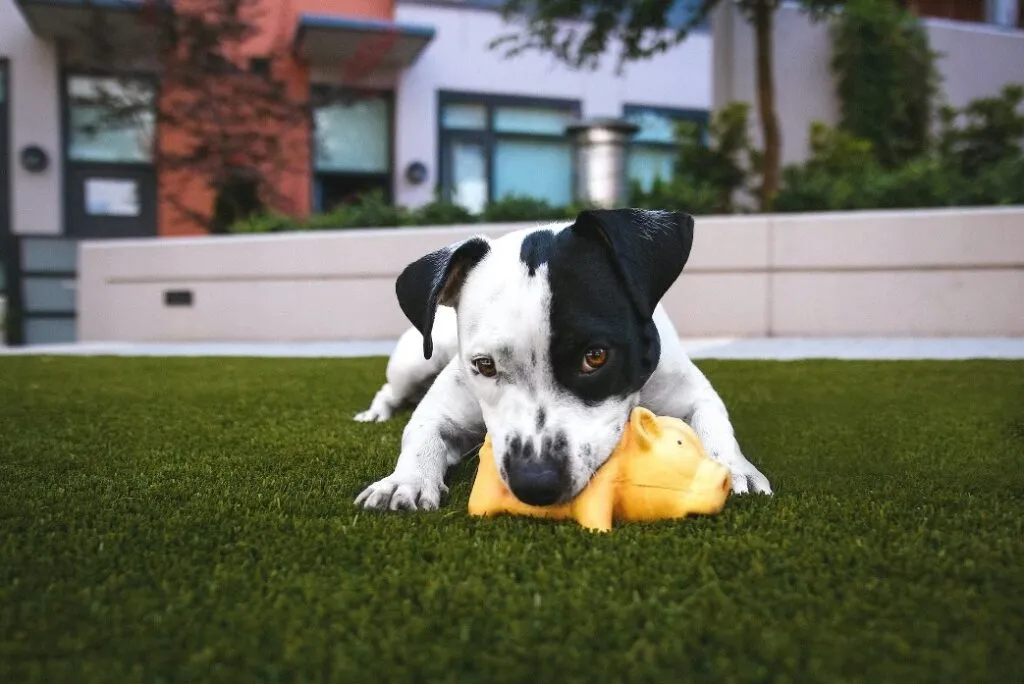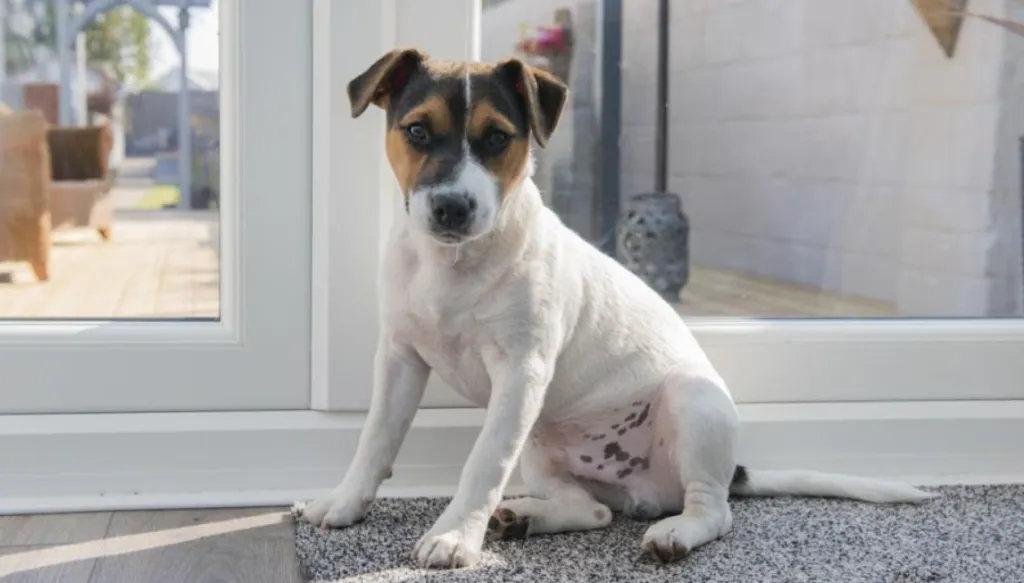Introduction:
Bringing a new puppy home can be an exciting experience, but dealing with your puppy’s tendency to bite can be difficult. Puppies explore the world through their mouths. Although this is a natural behavior, it can cause problems if not addressed early on. Fortunately, there are some proven ways to suppress this behavior. This guide provides 10 practical tips to prevent puppy biting and ensure a harmonious bond between you and your furry friend.

Understanding Why Puppies Bite:
Before diving into strategies to stop your puppy from biting, it’s important to understand why puppies bite in the first place. When puppies are teething, they often bite to explore their surroundings or out of excitement from playing. Additionally, biting may be a way to get attention or escape discomfort, such as: B. Feelings of fear or overstimulation.
1. Socialization and Exposure:
Early socialization plays an important role in a puppy’s behavior. Introduce your puppy to different environments, people, and other animals in a controlled and positive way. Gradual exposure to a variety of stimuli can reduce anxiety and prevent excessive biting.
2. Use of Chew Toys:
Choose a chew toy that is appropriate for your puppy’s age and breed. Once your puppy starts chewing, turn his attention to these toys. Interactive toys such as ropes and rubber toys can help ease teething discomfort while keeping your child occupied.
3. Encourage Positive Reinforcement:
Use positive reinforcement techniques such as praise, treats, and toys when your puppy exhibits appropriate behavior. Rewarding your dog for not biting will reinforce the desired behavior and encourage continued good behavior.
4. Consistent Training Sessions:
Consistency is key when teaching your puppy to stop biting. Set clear boundaries and use consistent commands like “don’t bite” and “be gentle.” Be sure to implement these commands consistently and make sure everyone in your family takes the same approach.
5. Timeouts and Withdrawal of Attention:
When your puppy becomes overly excited and starts biting during play, implement short timeouts. Withdraw attention by briefly leaving the room or ignoring them. This teaches them that biting leads to the cessation of playtime, discouraging the behavior.
6. Avoid Rough Play:
Avoid rough play that encourages biting. Do not participate in games that use hands or feet as play objects. Instead, choose structured activities that promote bonding without encouraging biting behavior.
7. Utilize Bitter Tasting Deterrents:
Apply a bitter-tasting deterrent to yourself (if your puppy is prone to biting) or to things your puppy chews frequently. These non-toxic substances have an unpleasant taste, which deters your puppy from biting and directs him to more suitable objects.
8. Seek Professional Guidance:
If your puppy’s biting behavior persists despite your efforts, consider seeking guidance from a professional dog trainer or behaviorist. They can assess the situation and provide personalized strategies to address the issue effectively.
9. Provide Regular Exercise:
Ensure your puppy receives sufficient physical and mental stimulation through regular exercise and playtime. A tired puppy is less likely to engage in excessive biting behavior due to pent-up energy.
10. Patience and Persistence:
Finally, patience is very important when training a puppy. Understand that controlling chewing takes time and consistent effort. Be persistent with your strategy and be patient until your puppy learns.
Conclusion:
Dealing with and inhibiting puppy biting is an important aspect of puppy training and development. A combination of positive reinforcement, consistent training, and patience can effectively guide your puppy toward more appropriate behaviors. Remember: Building a strong bond with your puppy while teaching him good habits is a rewarding journey that requires dedication and understanding. If you apply these 10 tips consistently, you’ll soon notice positive changes in your puppy’s behavior.

I am a dedicated writer, specializes in crafting captivating content centered around Dogs. With a keen eye for detail and a passion for dogs, I delivers engaging narratives that celebrate the bond between humans and their Doggos.



